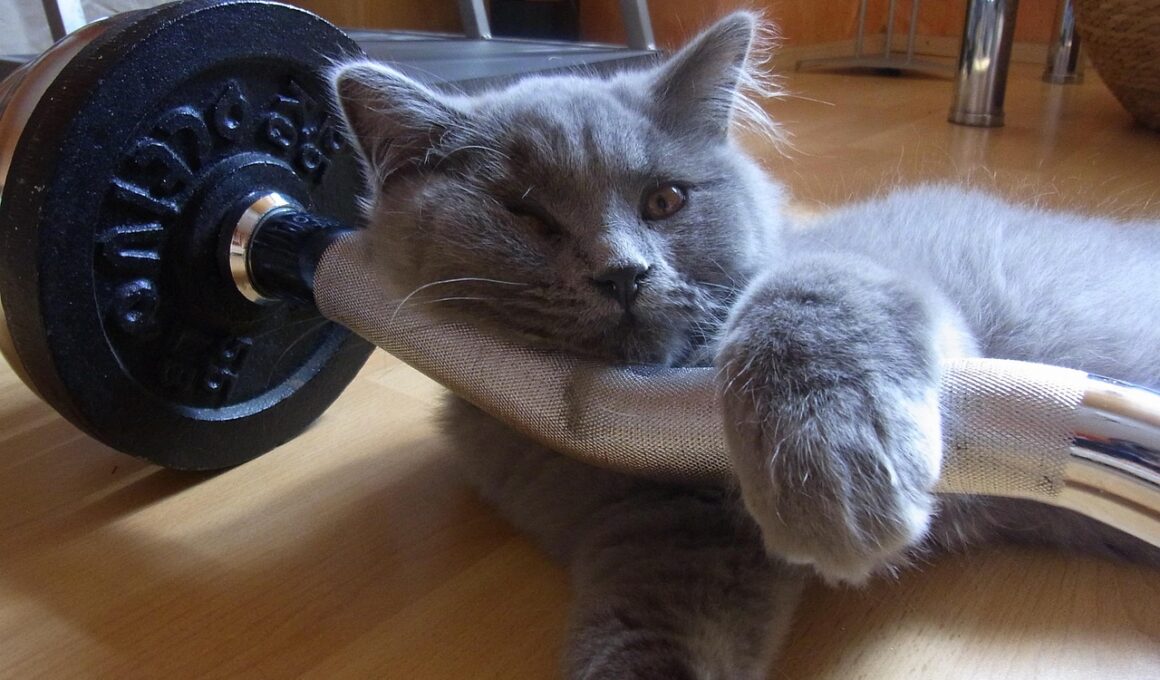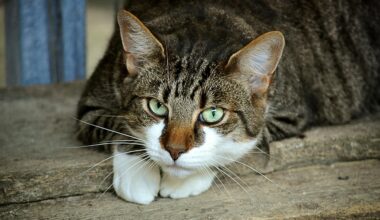How Consistency Affects Your Cat’s Trick Performance
Training your cat to jump or perform tricks can be a rewarding experience for both you and your feline friend. However, one essential aspect often overlooked is the role of consistency in training methods. This consistency ensures your cat understands what is expected of them. When commands are given in the same tone, with the same body language, and the same rewards, your cat is more likely to respond positively. For example, using the same verbal cue every time when asking your cat to jump strengthens their association with the action. This leads to quicker learning and better performance in the long run.
Another vital component of consistency is the reward system you employ during training sessions. If treats are given unpredictably, your cat may become confused and less motivated to perform the desired tricks. For best results, use a uniform reward for every successful action. Treats should be a source of motivation but should be given consistently to maintain excitement and willingness. On ideal occasions, add verbal praise to boost their confidence further. If you remain consistent in both praise and treats, your cat will become more enthusiastic about participating in trick performances.
It’s equally crucial to maintain a regular training schedule. Cats thrive on routine, so having specific times for training can help establish discipline. Regular sessions that are brief, engaging, and fun are more effective than sporadic, lengthy ones. Ideally, train in short bursts of 5-10 minutes, which keeps your cat attentive and eager to learn. After a consistent number of practice sessions, gradually increase the challenge, such as adding more complicated tricks. Routine, coupled with gradual progression, will make it easier for your cat to adapt and learn new skills effectively.
Understanding Your Cat’s Learning Style
Just like humans, each cat has its unique learning style and pace. Some may pick up tricks quickly, while others may take time to adjust to new commands or actions. It’s vital to observe your cat’s reactions to different training methods to tailor your approach. Using a blend of visual cues, sounds, and tactile feedback can help increase their engagement. The more you understand how your cat learns, the better you’ll be at presenting tricks in a way they can grasp. Keep training sessions flexible based on how your cat responds.
Moreover, ensure that every training session ends on a positive note. If your cat seems frustrated or disinterested, it’s wise to stop and give them a chance to relax. Ending on a high note reinforces positive feelings towards training. This allows your cat to associate trick training sessions with enjoyable experiences rather than stress or confusion. Ultimately, your goal is to have your cat look forward to the next training session, positively impacting their performance. Keep the atmosphere light and loving, supporting your cat’s comfort and growth.
In addition to maintaining consistency in training techniques, the environment where you train plays a crucial role. Choose a quiet, distraction-free area to help your cat focus on the tasks. This simplicity promotes a sense of safety and comfort, conducive to learning. Noise, other pets, or too many people can derail your training efforts, making your cat less inclined to participate. Additionally, having familiar objects or toys around can provide a sense of security during the session, making it easier for your cat to perform the tricks you’re teaching.
Lastly, remember that patience and love are key in cat training. Each cat’s capabilities and limitations vary, and it’s critical to remain understanding throughout the process. Celebrate small victories, and don’t rush your cat; pushing them will only lead to frustration for both you and your feline companion. Whether they master a new jump or simply touch their nose to a target, every achievement is significant. By consistently nurturing their abilities in a supportive environment, you’ll create a positive pathway for trick performance that enhances your bond with your pet.
In conclusion, consistent methods in training cats to jump or perform tricks yield incredible results. Establishing a routine, using uniform commands, and rewarding them appropriately are essential components of success. Also, paying attention to your cat’s learning style and maintaining a positive training environment fosters better performance. Emphasizing patience, love, and understanding will help your feline flourish while mastering tricks. With persistence and care, you and your cat can develop a strong, enjoyable training relationship, showcasing all the remarkable things your feline can accomplish.


